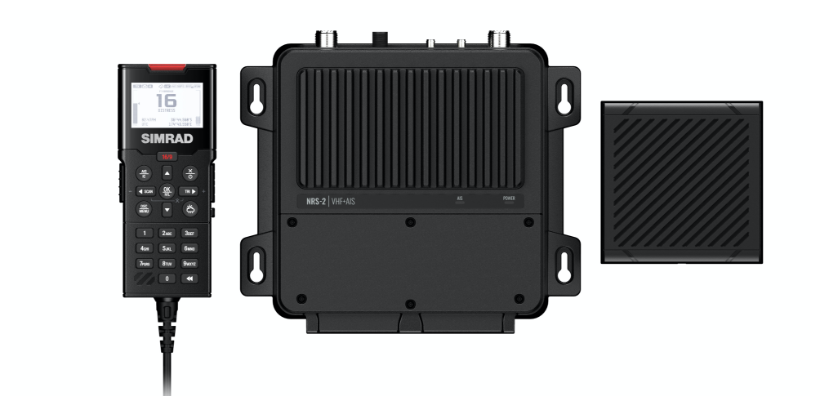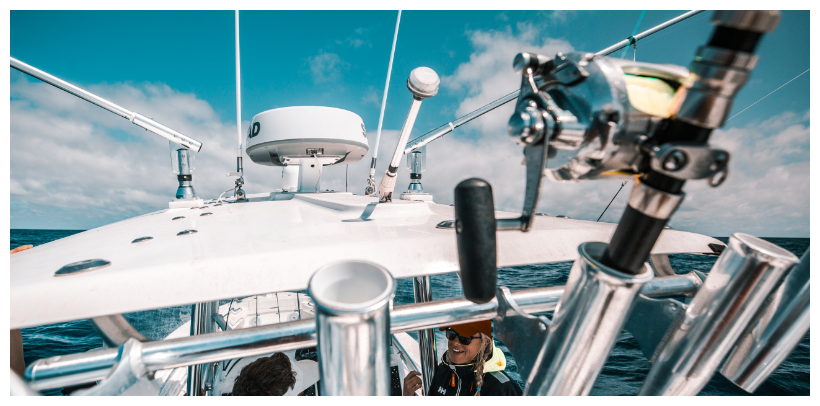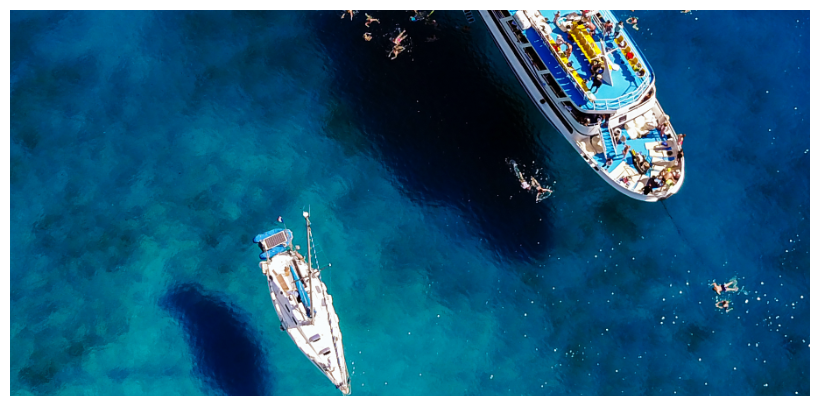Nothing heard on VHF
How many times have you heard a VHF radio call where the message is weak or broken even if the boat is close by? Here are five cautionary tips why a perfectly good VHF radio might receive but not transmit as expected

Poor power supply
Any VHF draws a small amount of power to receive (less than 1A (amp) on the popular Simrad® RS40-B VHF Radio) but much more to produce a 25W transmission - circa 6A on the RS40-B, so more than six times the standby power. It’s possible that the radio has enough power to receive but that a poor connection breaks down at high current or a voltage drop occurs when you thumb the Press-To-Talk (PTT) button. We’ll avoid the physics lesson here but the higher the power demand the more that any resistance in the supply will cause issues. Check the security of any connectors and ensure the cabling is of at least the gauge recommended by the manufacturer. Don’t forget to take a look at any inline fuse and replace if you have a spare – sometimes they just get tired over time and build up resistance, or get corroded.
Bad aerial connection
Most marine VHFs including those from Simrad® use a ‘PL259’ plug to connect the antenna to the transceiver. The centre core of the cable is not like a satellite TV connector - it should typically be soldered to the pin of the plug unless the plug design specifically secures the wire through a compression joint or screw. The outer shield needs to be clean and make a good connection with the plug body. Remaking this will often pay dividends and even prevent the possibility of damage to your VHF set. See https://youtu.be/_iy4W03GnBk for a useful guide to making up a typical soldered PL259 plug. On an existing installation if there is any sign of corrosion then trim the cable back to where the centre core and shield copper is golden (not black), use a new plug (commonly available from your local marine suppliers) and clean up any corrosion on the VHF socket.
Budget antenna
You typically get what you pay for with a marine antenna, so invest in a well-known brand. Your local marine electronics dealer will be able to advise you on the best options. Antennas are supplied at set sizes related to the wavelength of the VHF frequency…longer is typically best but a shorter high quality brand will usually work better than a longer unbranded or cheap version.

Broken antenna
If you see any sign of damage, like a cracked surface or taped repair on a GRP antenna, or corrosion on a metal whip, then it’s time to replace. Don’t forget to lower your antenna if you have to limbo under a bridge…although GRP-based antennas have a degree of flexibility, they don’t benefit from being hit by anything. Another common cause of damage is flying a courtesy flag from the antenna; it can impose quite a strain and cause cracks at speed or in high winds, so best avoided.
Line of site and alignment
Aerials swept back at 45 degrees might make your boat look faster but do nothing for VHF transmission or reception. Antennas should be set to be vertically aligned, which also encourages sea birds from attempting a landing on them. Remember what you learnt on your radio operator’s course: that VHF operates over line of sight. So the higher in the boat you can place your antenna, the better. That’s why a well installed short whip aerial mounted at the top of a yacht mast will usually outperform the most impressive GRP antennas of a motor yacht.
Further assistance
Do you need help with a mis-performing VHF radio of any brand? Then please locate your nearest Simrad® marine electronics dealer.
They will have the right experience and kit to assist with a diagnosis.

















